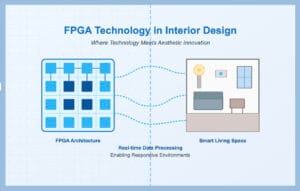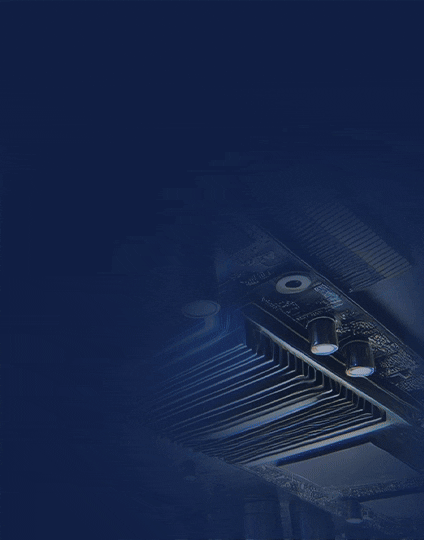As businesses increasingly rely on cloud-based services, Software as a Service (SaaS) has become an integral part of modern IT infrastructure. SaaS applications like Microsoft 365, Google Workspace, and Salesforce offer convenience, scalability, and cost-efficiency. However, with the growing dependence on these platforms comes the heightened need for robust security measures.
SaaS security refers to the strategies, practices, and technologies used to protect data and applications hosted in SaaS environments. In this blog, we’ll explore what SaaS security entails, its importance, and the role of O365 backup solutions and backup methods in securing SaaS applications.
What is SaaS Security?
SaaS security involves the protection of cloud-hosted applications and the data they store or process. Unlike traditional on-premises software, SaaS applications are hosted on remote servers managed by third-party providers. This cloud-based model presents unique security challenges, as organizations must rely on the service provider’s security measures while also implementing their own controls.
Key components of SaaS security include:
- Data Encryption: Ensuring that data is encrypted both at rest and in transit to protect it from unauthorized access.
- Access Control: Implementing strict access controls, such as multi-factor authentication (MFA), to ensure that only authorized users can access sensitive data and applications.
- Security Monitoring: Continuous monitoring of SaaS environments for suspicious activity or potential threats, enabling rapid detection and response to security incidents.
- Compliance Management: Ensuring that SaaS applications meet industry-specific regulatory requirements, such as GDPR, HIPAA, or PCI DSS.
The Importance of SaaS Security
SaaS applications often store and manage critical business data, making them prime targets for cyberattacks. A breach in a SaaS environment can lead to data loss, financial damage, and reputational harm. Moreover, the shared responsibility model in cloud computing means that while SaaS providers are responsible for securing the infrastructure, the responsibility for data protection largely falls on the customer.
For instance, in the case of Microsoft 365 (O365), the platform itself is secure, but it’s the organization’s responsibility to protect its data through O365 backup solutions and other security measures. Without proper SaaS security, businesses risk losing control over their data and facing severe consequences in the event of a security breach.
SaaS Security Applications
SaaS security is not just about protecting data but also ensuring the continuity of business operations. Here are some common applications of SaaS security:
Data Loss Prevention (DLP): SaaS security involves implementing DLP policies to prevent unauthorized sharing or transfer of sensitive data within or outside the organization.
- Identity and Access Management (IAM): SaaS security applications often include IAM solutions to manage user identities, enforce access policies, and provide visibility into user activity across SaaS applications
- Security Information and Event Management (SIEM): By integrating SIEM solutions with SaaS environments, organizations can monitor and analyze security events, enabling timely detection of potential threats.
- Backup and Disaster Recovery: A critical aspect of SaaS security is ensuring that data can be recovered in case of a disaster. This is where backup methods and O365 backup solutions come into play.
The Role of Backup Methods and O365 Backup Solutions in SaaS Security
While SaaS providers typically offer some level of data redundancy and recovery, these are not foolproof. Data loss can occur due to accidental deletion, ransomware attacks, or malicious insider activities. Therefore, implementing robust backup methods is essential for securing SaaS applications.
- Traditional Backup Methods: These involve regularly exporting data from SaaS applications and storing it on external media or on-premises servers. While effective, traditional methods can be labor-intensive and may not offer real-time protection.
- Cloud-to-Cloud Backup: This method involves backing up data from one cloud service to another. For example, using O365 backup solutions, businesses can automatically back up their Microsoft 365 data to a separate cloud storage provider. This ensures that data is protected even if the primary SaaS provider experiences an outage or security breach.
- Incremental Backup: In this method, only the data that has changed since the last backup is saved. Incremental backups are efficient in terms of storage and bandwidth usage, making them ideal for SaaS environments where data is frequently updated.
- Disaster Recovery as a Service (DRaaS): DRaaS solutions offer comprehensive disaster recovery capabilities, including automated backups, data replication, and failover processes. These solutions ensure that SaaS applications can be quickly restored in the event of a disaster.
Conclusion
As organizations continue to embrace SaaS applications, ensuring their security becomes increasingly important. SaaS security encompasses a range of practices and technologies designed to protect cloud-hosted data and applications. Key components include data encryption, access control, security monitoring, and compliance management.
One of the most critical aspects of SaaS security is data protection, which can be effectively managed through various backup methods and specialized O365 backup solutions. By implementing these strategies, businesses can safeguard their data, maintain business continuity, and reduce the risks associated with SaaS environments.
In an era where cyber threats are constantly evolving, investing in comprehensive SaaS security measures is not just a best practice—it’s a necessity for any organization relying on cloud-based services.












